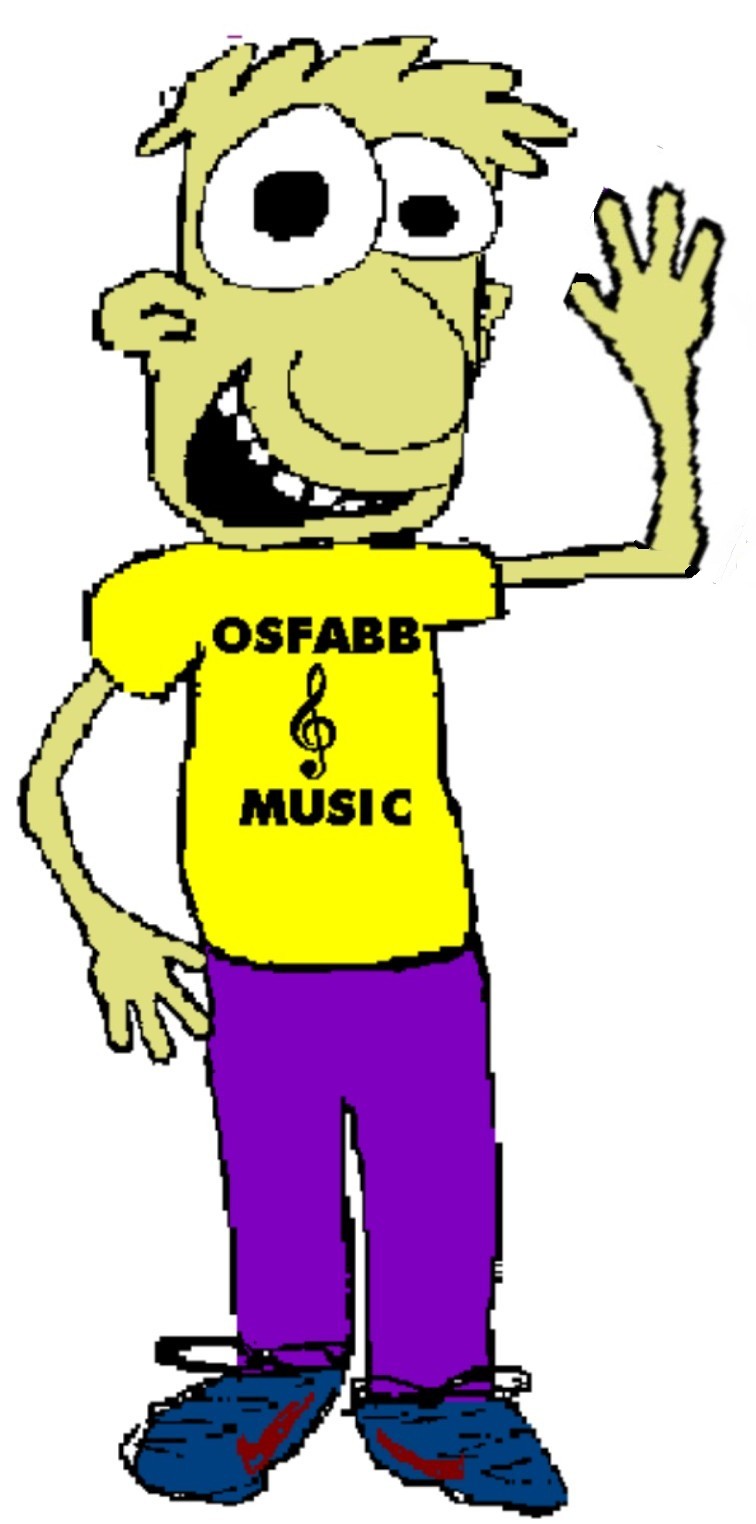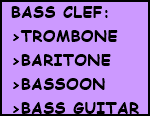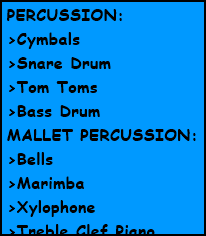- "Aura Lee" dates back to the American Civil War (1886). The words were written by W. W. Fosdick and the music by George R. Poulton.
- In the 1950’s the pop music idol Elvis Presley borrowed the melody of “Aura Lee”, Ken Darby wrote new lyrics and it became a big hit called "Love Me Tender".
- In addition it has been a favorite of the West Point Chorus for nearly 200 years.
PLAYING TIPS
- In Measure 21 you will see: // near the top of the staff. These two slashes are called a Caesura, sometimes called a Grand Pause (along with the abbreviation G.P.) or Luftpausen.
- The slashes mean there is to be a brief, silent pause in the music for everyone. A caesura usually comes in an unexpected place in the music.
- Sometimes we call the caesura "railroad tracks" or "tram lines" because that’s what they look like. And like real railroad tracks you want to stop suddenly, carefully look both ways then make sure you watch the conductor for when to go across the tracks.
- Also in Measure 21 you will see a
fermata:
over a half note rest.
Sometimes called a “Bird’s Eye” because that’s what it looks like the fermata means time stops and the note or rest is to be held out usually about twice as long as the note or rest it’s with (although there is no set rule)
- In Measure 22 you will see rit. an abbreviation for the Italian word Ritardando. It means for the Tempo to gradually get slower.
| [Home] [Free Band Music] [Aura Lee] |

FINDING MUSIC FOR YOUR INSTRUMENT
- Find your Instrument in one of the colored boxes.
- Click on the box and the music for your instrument will pop-up.
- NOTE: You’ll need Adobe Acrobat to see, download, and print out the music.







